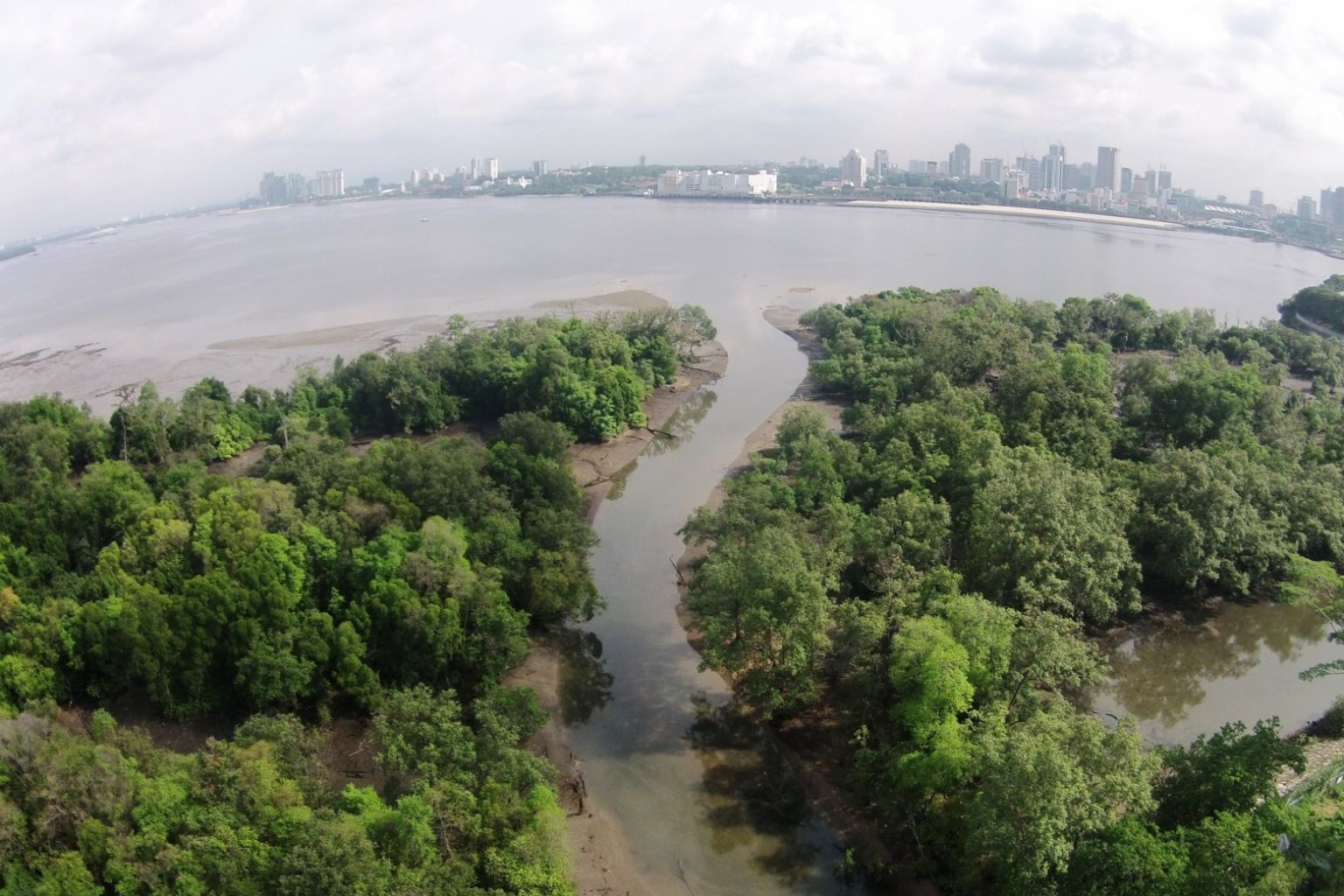Singapore will use nature-based solutions to deal with sea level rise: Masagos
Sign up now: Get ST's newsletters delivered to your inbox

The Mandai Mangrove and Mudflat in a photo taken on Oct 7, 2018. Minister for the Environment and Water Resources Masagos Zulkifli said hard and soft engineering approaches are needed to restore mangrove areas.
PHOTO: ST FILE
Follow topic:
SINGAPORE - The Republic's plans to deal with sea level rise will incorporate nature-based solutions that go beyond coastal protection, as well as engineering solutions.
Minister for the Environment and Water Resources Masagos Zulkifli said: "To boost our natural defences such as mangroves, we take both hard and soft engineering approaches to mitigate coastal erosion and actively restore our mangrove areas."
He was speaking on Monday (Oct 21) ahead of the meeting in Singapore of the Intergovernmental Panel on Climate Change.
This is the first time the Government has officially said that nature-based solutions to dealing with sea level rise are on the cards, following Prime Minister Lee Hsien Loong's National Day Rally speech in August.
PM Lee said then that the Republic was looking into engineering solutions, such as constructing polders - a land-reclamation technique - and reclaiming a series of islands off East Coast, to buffer it against rising sea levels.
His speech had led some scientists here to ask if Singapore would consider nature-based solutions instead.
Associate Professor Daniel Friess, a mangrove expert with the National University of Singapore's geography department, said mangroves have the potential to keep pace with some rates of sea-level rise - making them a natural and adaptable coastal defence that can help prevent rising seas from inundating coastlines.
Prof Friess said while there are a number of areas where mangroves have been lost, there is a chance of bringing them back to areas such as Pulau Ubin, an island off Singapore's north-eastern coast.
He added: "We can also think about new areas where we can grow mangroves in novel ways, for example, by designing future developments and reclamations that allow mangrove growth."
Mr Masagos said that nature-based solutions will also go beyond coastal protection, citing how there are over two million trees in Singapore, with more than 350 parks and four nature reserves.
He added: "Under the Forest Restoration Action Plan, an additional 250,000 native trees and shrubs will be planted. The benefits are multifold - this will support our biodiversity, and importantly, further drive climate mitigation and strengthen our resilience."
The Straits Times had earlier reported that land in Singapore had changed from being a net absorber of carbon in 2012 to a net emitter in 2014, due largely to land conversion from forests and other vegetated areas to settlements. However, net emissions from land use are still small - contributing just 0.12 per cent of Singapore's total emissions for 2014.
Mr Masagos said Singapore is clear-eyed about its vulnerabilities.
"But we can face the future with confidence, for we know we are taking early, decisive action that is underpinned by robust science," he said.

